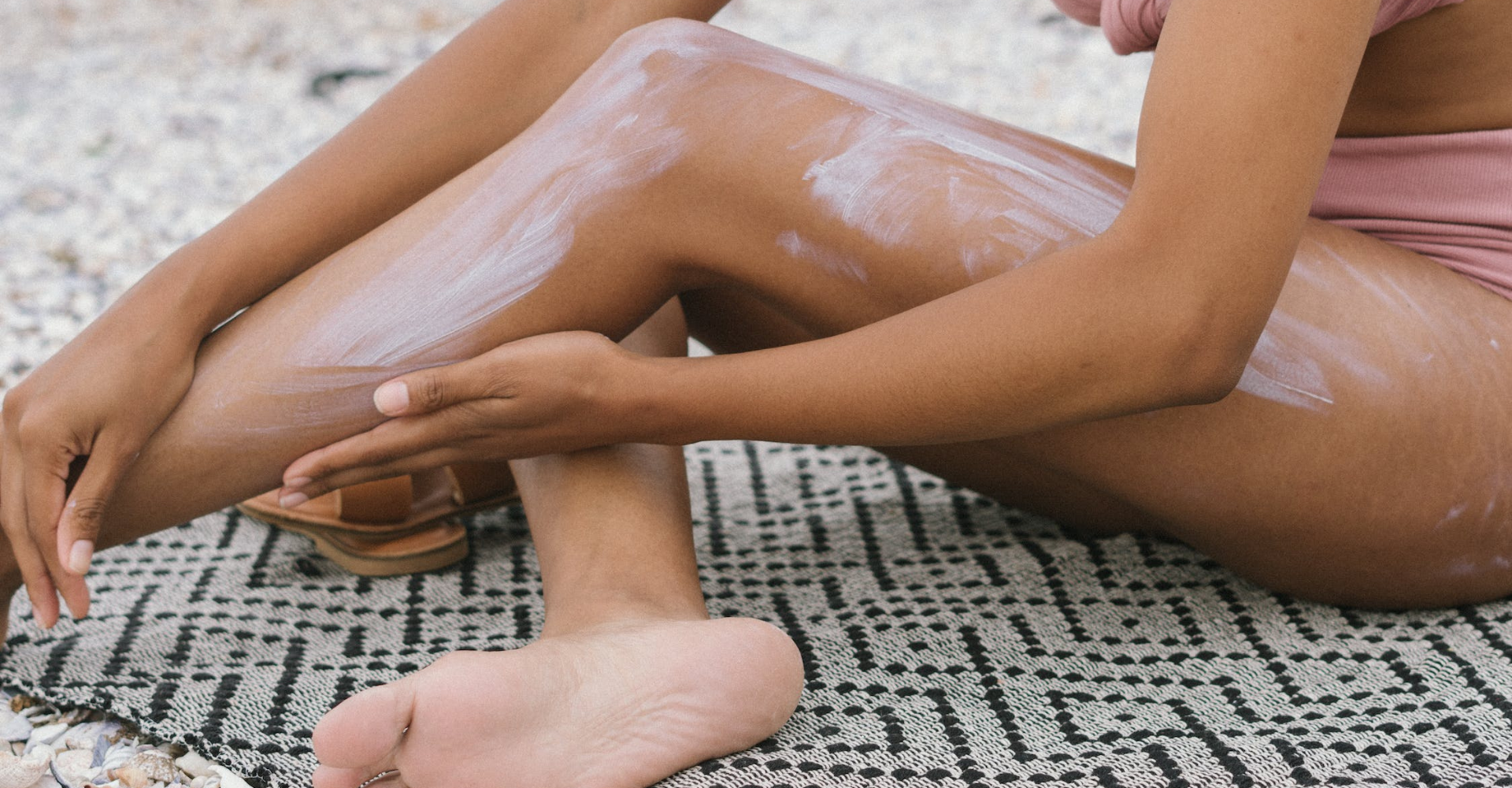With summer approaching and warm weather luring Canadians out of their homes, people are excited to spend days lounging in the sun.
Many people still do not realize that even minimal sun exposure can increase your risk of skin cancer. More than 9,000 Canadians were diagnosed with skin cancer in 2022. Over 13% of those diagnoses were fatal. However, 90% of all diagnosed cases resulted from sun exposure and the impact of UV radiation.
- Sunscreen helps protect against developing skin cancer and photoaging.
- Use SPF 30 or higher and reapply every two hours.
- Find a sunscreen you will use consistently, regardless of ingredients or type.
UV-A and UV-B Rays
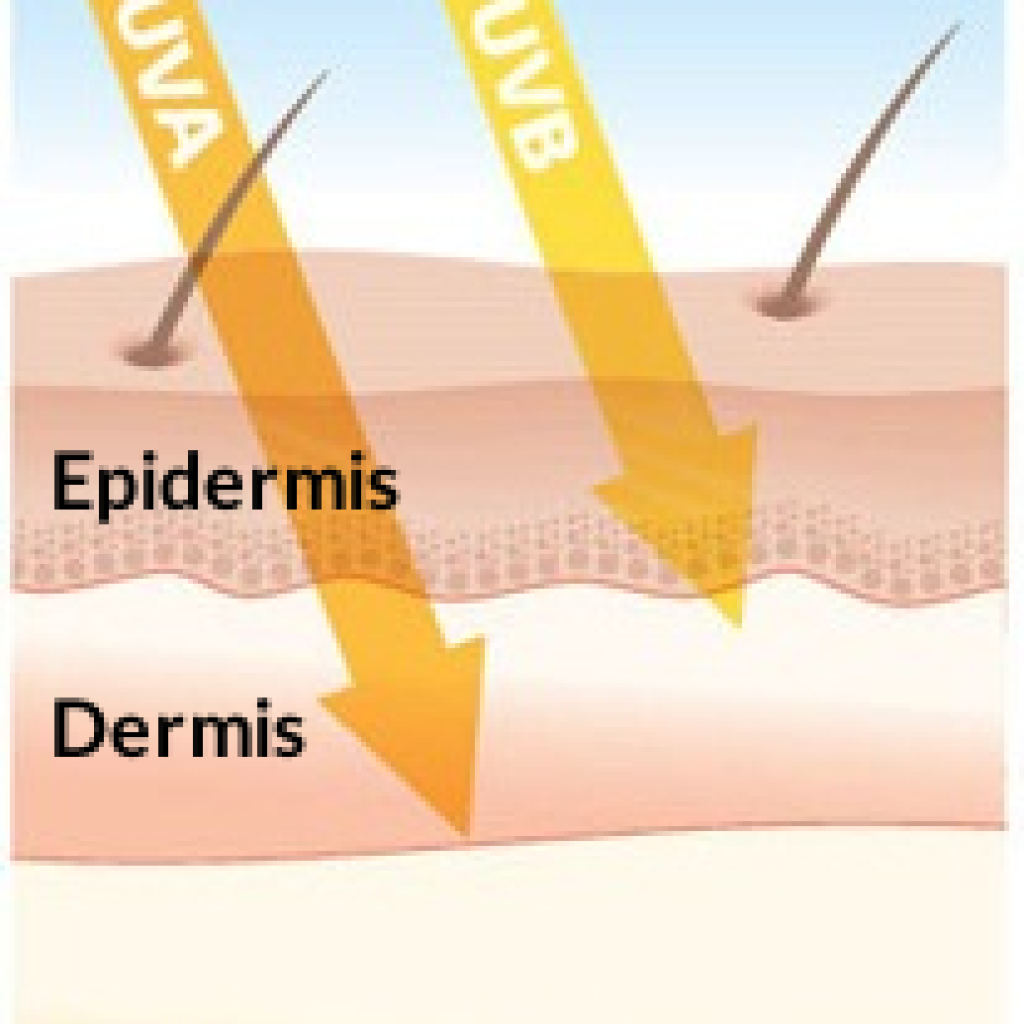
Ultraviolet radiation is a form of electromagnetic radiation that emanates from the sun. While UV rays are important in the synthesis of Vitamin D and endorphins in the skin, over-exposure to both UVA and UVB rays increase your risk of developing cancer.
UV-A penetrates deeper into the skin and is responsible for photoaging while UV-B is responsible for sunburns as it mostly effects the top layers of skin. And while UV-A rays make up about 95% of UV rays in the atmosphere, it is important to protect against the two.

Photoaging (Aging Caused by the Sun)
The Canadian Dermatology Association lists the following as signs of sun-related aging:
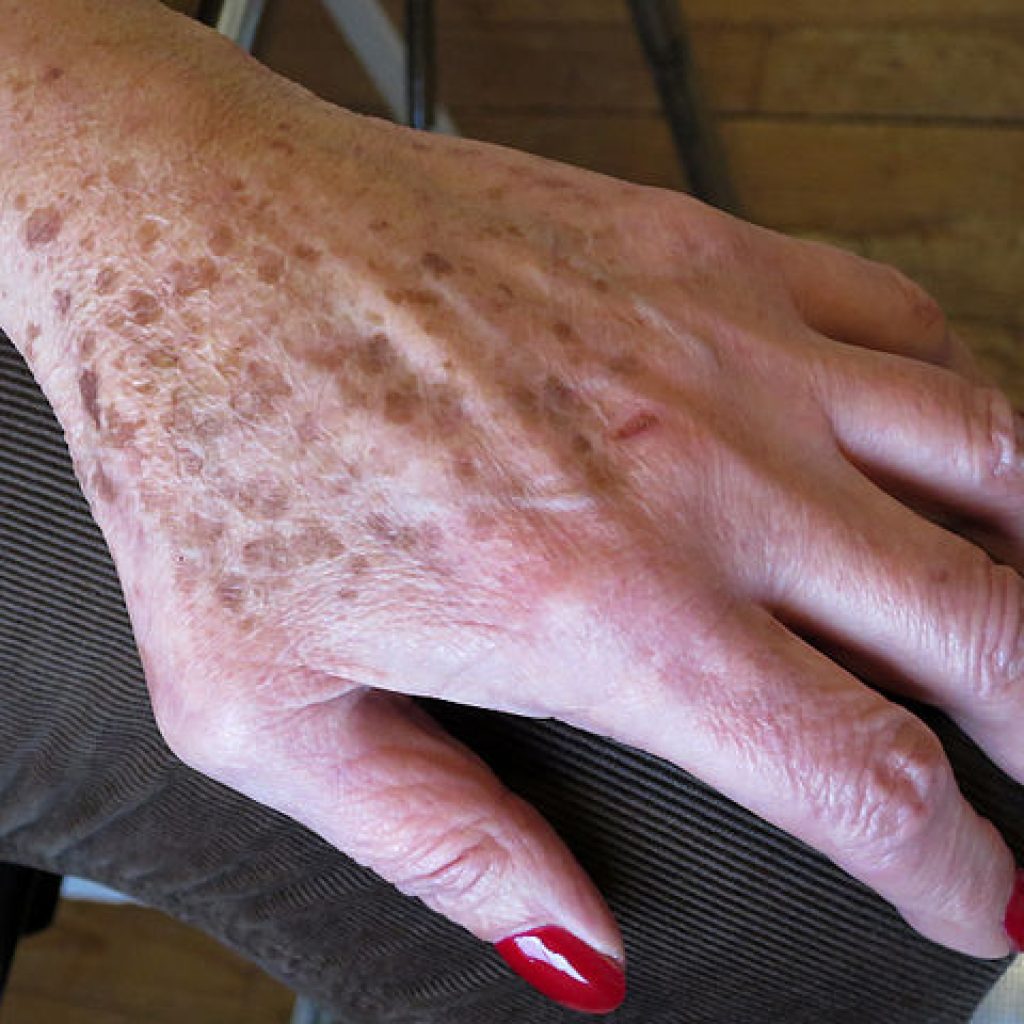
- Spider veins on the nose, cheeks and neck.
- Various pigmented spots, such as freckles, solar lentigines (known as age or liver spots), and uneven skin colour.
- General loss of skin tone in sun-exposed areas.
- Wrinkles around the eyes and mouth increase in number and become deep creases.
- Forehead frown lines set in and are visible when not frowning.
- Red, rough scaly spots called actinic (sun-related) keratoses may appear; these may be precancerous and require treatment.
While techniques like laser treatments are applauded for their anti-aging capabilities, no product can completely undo skin aging. It is important to prevent against this before it happens.
Protection Against the Sun
There is a lot one can do to still get out and enjoy the sunshine safely. A wide-brimmed hat, UPF-rated clothing, spending more time in the shade and UV-safe sunglasses are all good starts when it comes to being proactive in your approach to sun protection.
And then there’s sunscreen. Sunscreen is an essential step to enjoying the summer sunshine safely and worry-free.
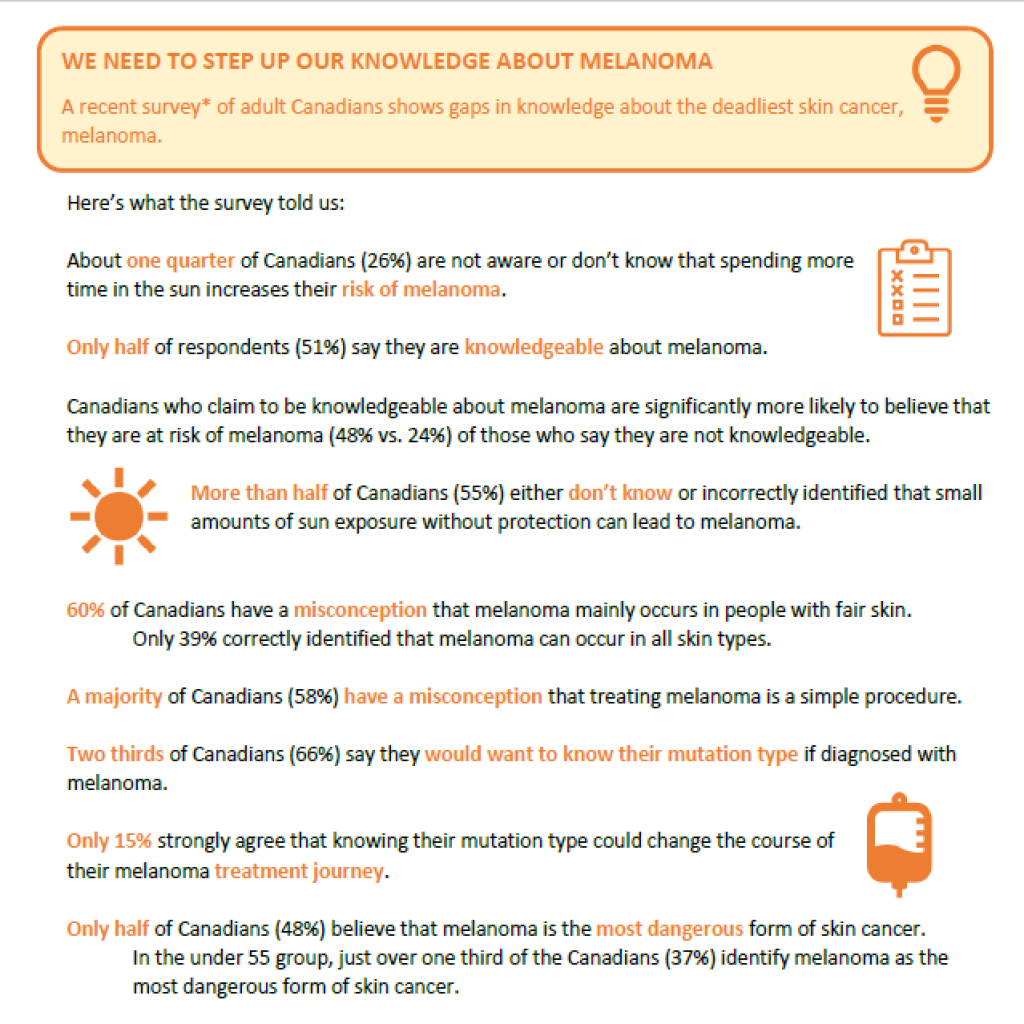
How Much Sunscreen Should I Apply?
Health Canada recommends adults use about 7 teaspoons of sunscreen per application. Apply 15 minutes before sun exposure so it has time to sink into your skin and reapply every two hours as you continue to spend time in the sun, indoors or outdoors.
Fun fact: Windows do not block UV rays! Apply sunscreen if you plan to get any sun exposure at all.
Chemical vs. Mineral Sunscreen
Both chemical and mineral sunscreens are effective in preventing the damage caused by UV rays, but Niagara dermatologist Dr. Lara Gunton recommends products with at least one physical blocker: zinc or titanium.
She explains that sunscreens containing these physical blockers will be the most effective because they provide slightly broader protection and are better suited for sensitive skin.
“Mineral sunscreens sit on top of the skin and reflect or scatter UV rays, while chemical sunscreens absorb UV radiation like a sponge,” Dr. Gunton said.
Unfortunately, if the appearance of the cream on your skin bothers you, these physical blockers might not be your first choice. They are thicker and can leave a white sheen behind, which can be especially bothersome for people with darker skin.
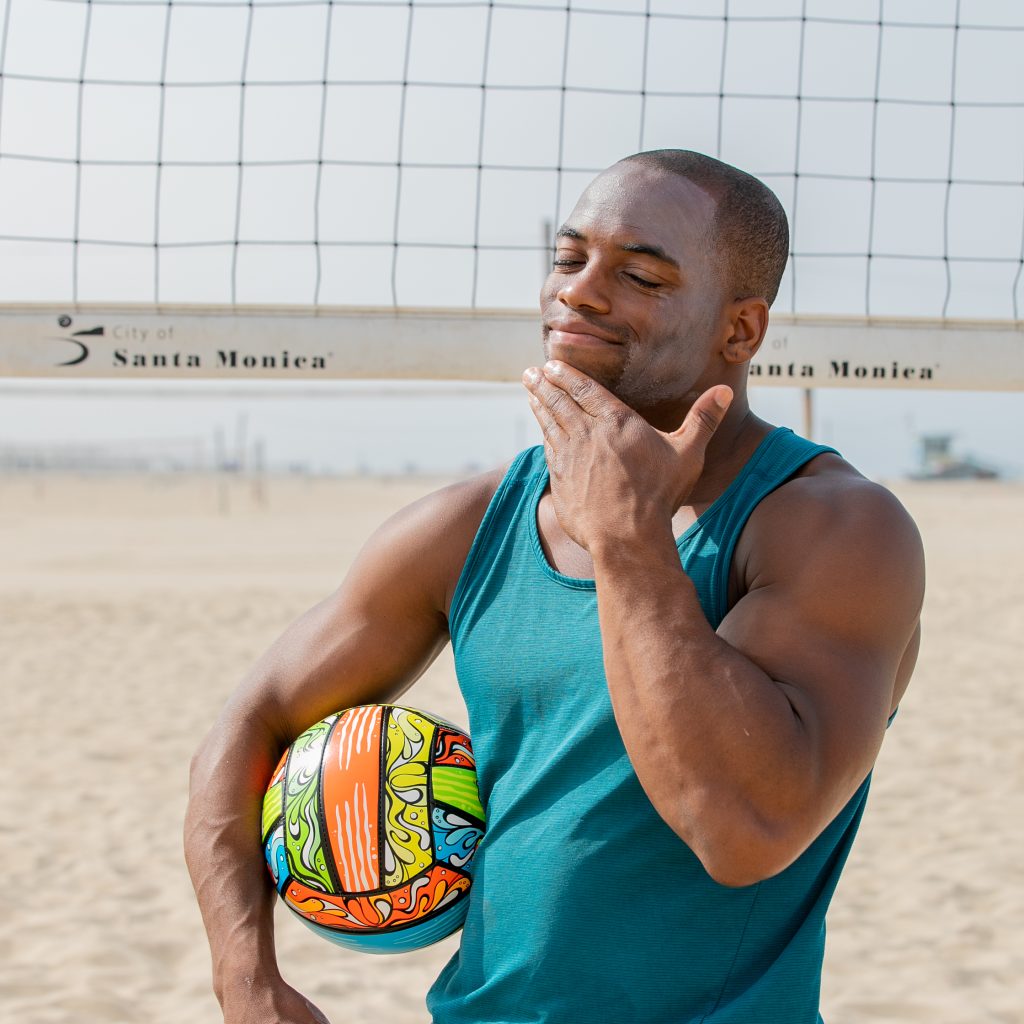
“For this reason, I always say that the best type of sunscreen is the one you will actually wear, regardless of ingredient types,” Dr. Gunton said.
Choosing What’s Best for You
Sunscreen should be a minimum of SPF 30 to protect against the harmful UVA and UVB rays of the sun. Anything less than SPF 30 is not recognized by the Canadian Dermatology Association.
If you are planning to swim, look for sunscreen with water resistance of up to 80 minutes. That is the maximum rating in Canada and will provide the best coverage. It is easy to lose track of time while swimming, so it is better if you do not have to worry about getting out and reapplying as often.
For people with sensitive skin, look for zinc and titanium products which will not be as irritating.
Oil free and non-comedogenic products are best for acne prone skin because they will not clog your pores.
“I often recommend looking for the Canadian Dermatology Association logo as a trusted symbol on sunscreen labels as this means the sunscreen is broad spectrum, SPF 30 or higher, minimally perfumed and not comedogenic,” Dr. Gunton said.
Also make sure that it is a product you can afford to buy consistently. Sunscreen is not a one-off purchase and does not have to be expensive to work well.
Reef-Friendly Sunscreen
Reef-friendly (or reef-safe) means the product does not include the ingredients oxybenzone and octinoxate. These chemicals are thought to be a factor in coral bleaching, although evidence is lacking. However, since these chemicals are easily avoided and sunscreens without them are just as effective, it is an option to consider.
But bear in mind that reef-friendly is not a regulated term and it can be used by any company, so that label should not be the deciding factor in what to buy.
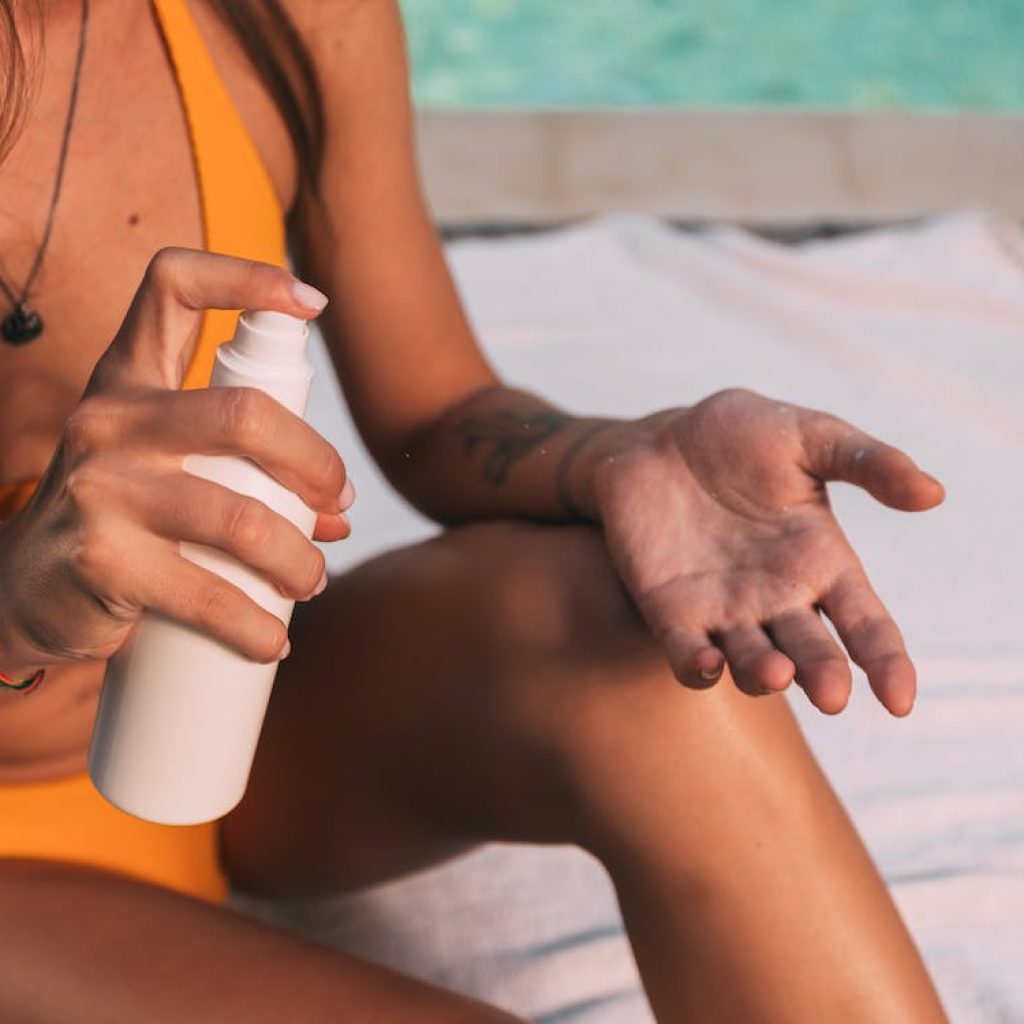
Spray on or Cream
While convenient, spray on sunscreen may not provide enough coverage to protect effectively against UV rays, according to Dr. Gunton. But it is still better than nothing! If cream-based sunscreens do not fit into your daily life, use spray on versions.
Spray on sunscreen can be a useful tool for reapplying, especially if you are wearing makeup since it will not smudge the products.
Dr. Gunton’s Recommendation
“EVERYONE should wear sunscreen on exposed skin, regardless of skin type. Sometimes it takes some trial and error to find the right brand for you, but it is worth persisting. Also keep in mind that other sun protection strategies are just as, if not more important; these include seeking shade, avoiding the peak hours of UV radiation from 11am-2pm, wearing UPF 50+ clothing, and wide brimmed hats.”
Watch for The Health Insider’s follow up article with recommendations for some of the best sunscreens currently on the market.
The information provided on TheHealthInsider.ca is for educational purposes only and does not substitute for professional medical advice. TheHealthInsider.ca advises consulting a medical professional or healthcare provider when seeking medical advice, diagnoses, or treatment.

